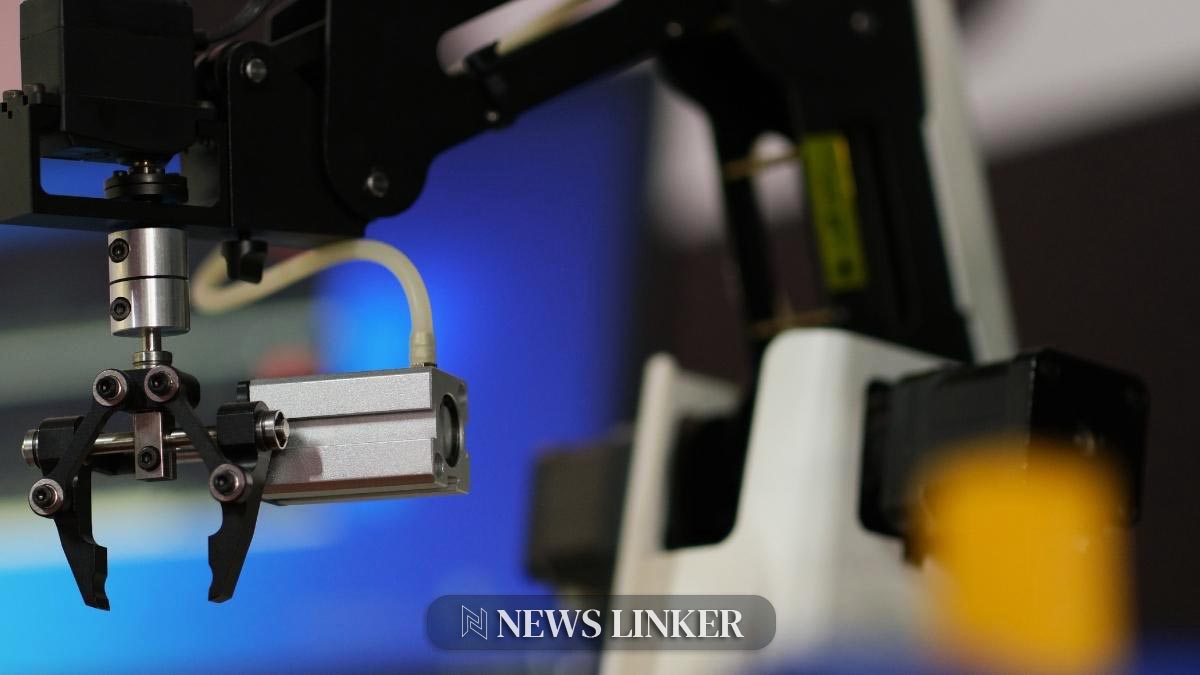MIT engineers are breaking new ground with an innovative approach to assist astronauts on the moon. They have developed a system called “Supernumerary Robotic Limbs” or “SuperLimbs” that physically supports and lifts astronauts after they fall. This solution addresses the difficulties posed by the moon’s one-sixth gravity and the cumbersome spacesuits that limit mobility. SuperLimbs, extending from a backpack, also conserve astronauts’ energy, allowing them to focus on critical tasks.
During the Apollo missions, astronauts often stumbled while performing tasks such as excavation. Now, with NASA’s Artemis mission on the horizon, where astronauts will build the first permanent moon base, the risk of falls increases. MIT’s SuperLimbs aim to mitigate this risk significantly. Previously, MIT’s team has leveraged similar robotic systems to aid workers in diverse fields such as aircraft manufacturing and construction, demonstrating the versatility and potential of the technology. Comparative studies show consistent improvements in recovery from falls when using robotic assistance, highlighting the system’s effectiveness.
Design and Testing
The team at MIT has created a physical prototype and a control system to guide the robotic limbs, which respond to feedback from the astronaut. Initial tests involved healthy subjects wearing constrictive garments simulating spacesuits. Volunteers found it easier to stand up from sitting or lying positions with the aid of SuperLimbs, as compared to unaided attempts. This preliminary success underscores the potential of SuperLimbs to support astronauts in real lunar conditions.
Future Prospects
SuperLimbs can greatly enhance astronauts’ efficiency during extended extravehicular activities by reducing the physical strain of performing tasks in cumbersome spacesuits. As NASA plans more extensive lunar explorations and potential missions to Mars, the importance of such supportive technology becomes increasingly evident. The team’s design, which will be refined further at NASA’s Jet Propulsion Laboratory, aims to minimize weight and maximize efficiency, making it a viable tool for future space missions.
Key Takeaways
– SuperLimbs provide physical support to astronauts, aiding them in getting up after falls.
– The system can help conserve energy for more critical tasks during lunar missions.
– The design is continually being refined to be lightweight and efficient for future space exploration.
MIT’s development of SuperLimbs represents a significant advancement in space technology, directly addressing challenges faced by astronauts on the moon. By focusing on practical applications and drawing from previous iterations of supporting robotic systems, this innovation promises to enhance astronaut safety and efficiency. The ongoing refinement of the technology, particularly in collaboration with NASA, suggests a bright future for its implementation in space missions. Such advancements not only pave the way for safer lunar missions but also set the stage for more ambitious endeavors, such as Mars exploration.
- MIT engineers developed “SuperLimbs” to support astronauts on the moon.
- SuperLimbs help astronauts conserve energy by aiding recovery from falls.
- Future lunar and Mars missions will benefit from this supportive technology.










